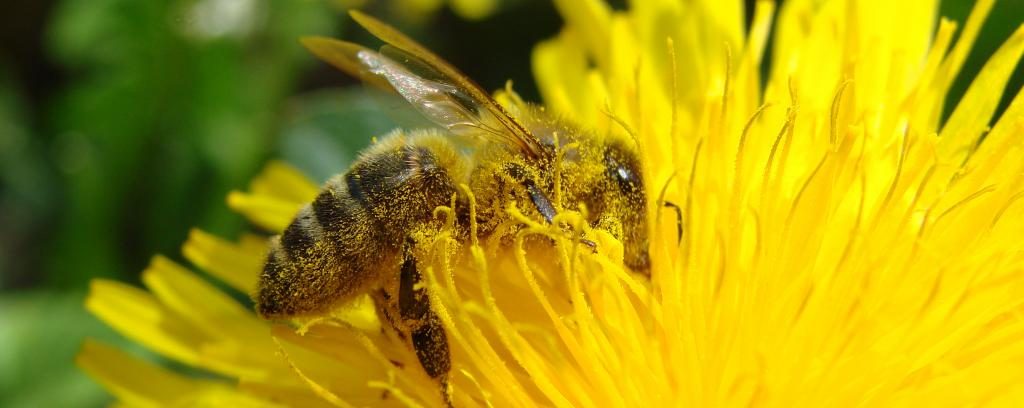Habitat loss, nutritional deficiencies and lack of varied diet of pollinators is impacting plant and flower growth

Climate change has played a major disruptor in several ecological processes, including pollination. The synergy between flowering plants and pollinators plays a key role in the pollination process, but has been adversely impacted by climate change, according to a report by Endangered Species Coalition.
Habitat loss, nutritional deficiencies and lack of varied diet of pollinators are tied directly to climate change — and all of this is impacting the growth of plants and flowers.
Climate change is making flowers bloom half a day earlier each year, which means that plants are now blooming a month earlier than 45 years ago. This means that they do not get pollinated and bees are left without food, the report stated.
The lack of food has led to a new disorder, called colony collapse disorder (CCD), wherein adult bees leave the hive leaving the immature ones behind. The disorder has existed since 2006, according the United States Department of Agriculture.
Studies have found that poor nutrition is one of the major reasons for the disorder, among other factors including bee pests and diseases, chemical use in bee colonies, chemical toxins in the environment, varroa mites and associated pathogens, according to University of Florida.
Third, increase in temperature is also affecting the pollinators. For example, four species of hummingbirds in North America — including Allen’s hummingbird, Black-chinned hummingbird, Calliope hummingbird and Rufous hummingbird — are at risk.
The increasing temperature is also forcing these four species to abandon their native areas and move to cooler environments. Intense heat is dangerous for hummingbirds as it forces them to prioritise rest over food, which leads them into starvation, according to another study.
In India, a few species of figs are pollinated by wasps. Experts have noticed a “local extinction of fig wasps during severe droughts leading to fruit abortions”.
They have also linked it to El Niño Southern Oscillation (ENSO) events. The Indian monsoon is strongly influenced by ENSO events, and there are predictions of more frequent droughts in the coming years due to the warming of the planet that can impact the pollinators severely, according to Biodiversity and Climate Change: An Indian Perspective, a book published by the Ministry of Environment, Forest and Climate Change in 2018.
The only way forward is to “stabilise carbon emissions and hold warming to 1.5 degrees Celsius above pre-industrial levels,” according to National Audubon Society, a non-profit based in the United States.
Article Credit: downtoearth
